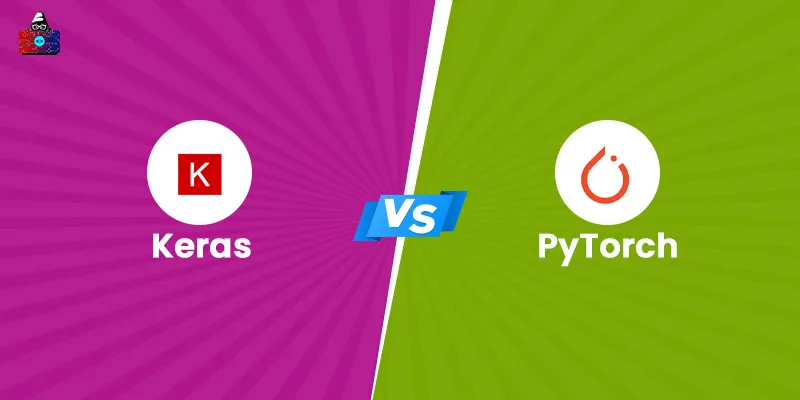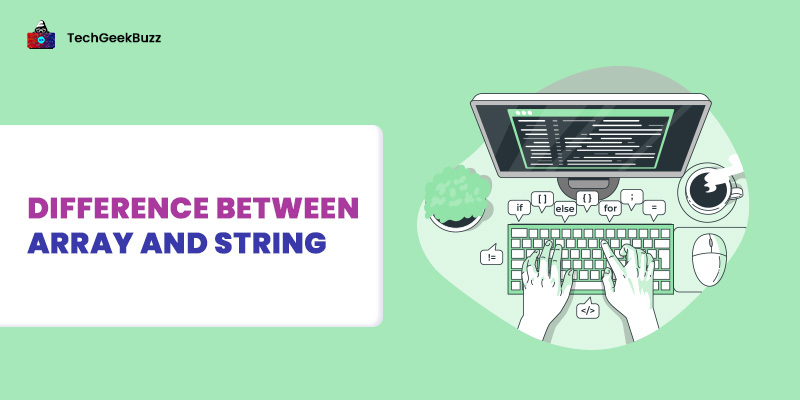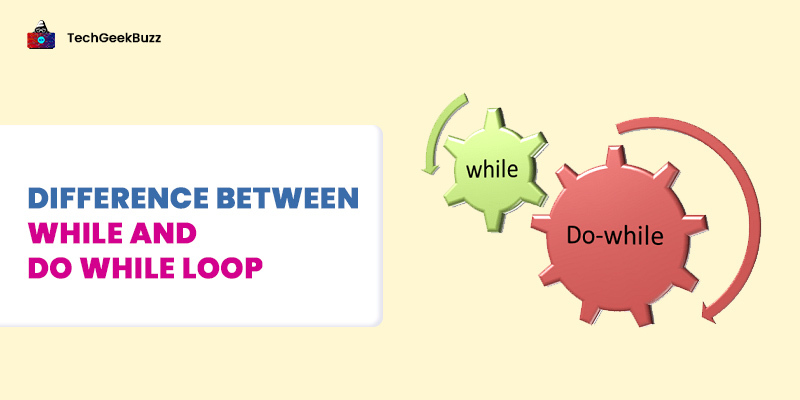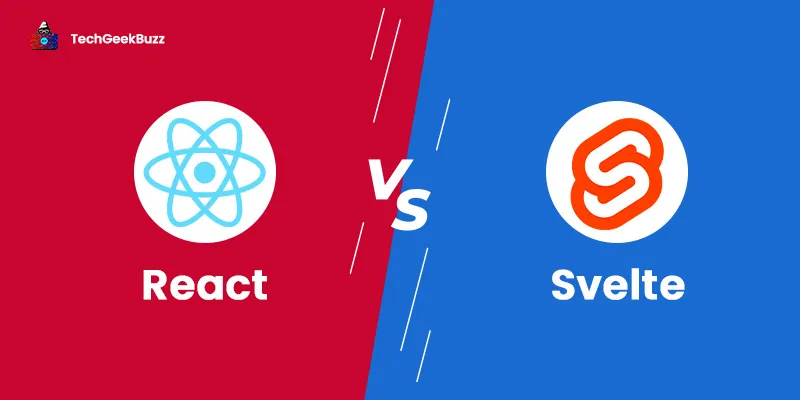Keras and PyTorch are two popular deep learning libraries among professionals and beginners in the field of deep learning. Keras is a Python-based library for implementing neural networks and acts as a default high-level API for TensorFlow. PyTorch is a machine learning library based on Torch and Python and is used for applications such as computer vision and natural language processing.
Through this article, you will get to know the significant differences between Keras and PyTorch. Also, we shall make you familiarize with Keras and PyTorch individually, along with their salient features, advantages, and disadvantages. So, here it goes!
What is Keras?
Keras is an open-source Python-based library that provides an application program interface (API) for developing neural networks. It runs on top of TensorFlow, Theano, or Cognitive Toolkit (CNTK). This library is extensible, modular, and user-friendly, and it primarily focuses on enabling fast experimentation with deep neural networks.
This library cannot manage low-level computations, such as convolutions, tensor products, and many other things. Therefore, it uses other libraries, such as Theano or TensorFlow, called backends, to perform low-level computations. The default backend for Keras is TensorFlow.
Theano is a Python library that lets us evaluate mathematical operations, including multidimensional arrays, quickly and efficiently using NumPy or SciPy. TensorFlow is one of the most popular libraries for machine learning and artificial intelligence. It can perform a wide range of machine learning tasks but primarily focuses on the training and inference of deep neural networks. CNTK or Microsoft Cognitive Toolkit is a deep learning framework.
History
François Chollet, a Google engineer, developed Keras initially in 2015 as part of the project ONEIROS (Open-ended Neuro-Electronic Intelligent Robot Operating System). The initial version of Keras was 2.0.5. Over time, many versions of Keras were released, such as Keras 2.0.6, 2.0.8, 2.0.9, 2.1.2, 2.1.3, 2.1.4, 2.1.5, 2.1.6, 2.2.0, 2.2.4, 2.4.0, 2.6.0, 2.6.1, and 2.7.0. Keras is available under the MIT license, and the latest version is Keras 2.7.0.
Features of Keras
Here are some of the salient features of Keras:
- Keras is a high-level API that runs on top of Theano, TensorFlow, and CNTK.
- It contains implementations of commonly used neural network building blocks, such as activation functions, optimizers, and objectives.
- Keras provides a host of tools that make working with text and image data easier and simplifies the process of writing deep neural network code.
- Along with standard neural networks, Keras also supports convolutional and recurrent neural networks.
- Developers can productize deep neural networks on the web, iOS, and Android smartphones, or the Java Virtual Machine (JVM).
- It enables the use of distributed training of deep-learning models on the clusters of CPU and GPU.
Advantages of Keras
The following are the advantages of Keras:
- Keras has a simple and user-friendly interface that makes it easy to learn and design simple neural network models for beginners.
-
This library comes with several deep learning models with their pre-trained weights. We can use these models for feature extraction and making predictions. Some typical deep learning models available are as follows:
- Xception
- VGG16
- VGG19
- ResNet, ResNetV2
- InceptionV3
- InceptionResNetV2
- MobileNet
- MobileNetV2
- DenseNet
- NASNet
- Keras can process a vast amount of data since it supports data parallelism. We can train our neural network model using a single GPU or multiple GPUs.
- This library has the best documentation that explains all the functions of Keras in detail. Each function’s explanation is provided with an example to develop a better understanding.
- It has excellent community support.
Disadvantages of Keras
The following are some disadvantages of Keras:
- Keras is not capable of handling low-level computations, and hence, it runs on top of TensorFlow, Theano, and CNTK.
- It gives low-level errors when we try to execute some functionalities and operations that Keras does not support.
- Keras does not give sufficient details of the errors through which we cannot identify their root cause.
- It is not ideal for building models using machine learning algorithms, like Principal Component Analysis (PCA) and clustering.
When to Use Keras?
We can use Keras when we need to:
- Build deep learning models and productize them on iOS and Android smartphones, web, and Java Virtual Machine (JVM).
- Create deep learning models in a very short period of time.
- Carry out distributed training of deep learning models.
What is PyTorch?
PyTorch is an open-source machine learning library based on Python and the Torch library. It is primarily used for building deep learning models. Though PyTorch’s primary focus of development is the Python interface, it also provides a C++ interface .
This library supports the computation of tensors on graphical processing units since it is built using Torch and Python. It enables developers and researchers to run and test portions of code in real-time. Therefore, this library eliminates the need for running the entire code to check whether a part of the code runs or not.
Some of the popular deep learning applications built on top of PyTorch are Uber’s Pyro, Tesla Autopilot, PyTorch Lightning, Hugger Face’s Transformers, and Catalyst.
History
Facebook’s AI Research Lab (FAIR) developed PyTorch in September 2016. Facebook operates two frameworks, namely Convolutional Architecture and PyTorch for Fast Feature Embedding (Caffe2). However, models defined by these two frameworks were not mutually compatible.
In 2017, Facebook and Microsoft created the project Open Neural Network Exchange (ONNX) to convert models between PyTorch and Convolutional Architecture frameworks. By the end of 2018, they merged Caffe2 into PyTorch.
Features of PyTorch
PyTorch’s two high-level features are as follows:
- Tensor computing, like NumPy, with string acceleration via Graphics Processing Unit (GPU).
- Deep neural networks are built on the type-based automatic differentiation system.
Some other features of PyTorch are:
- PyTorch is convenient and flexible to use in the eager mode with TorchScript. Also, we can seamlessly shift to graph mode for optimization, speed, and functionality in C++ environments.
- TorchServe is a tool for deploying PyTorch models at scale.
- This library supports workflow from Python to deployment on iOS and Android devices.
- We can export PyTorch models in the standard Open Neural Network Exchange (ONNX) format.
Advantages of PyTorch
Here are some notable benefits of PyTorch:
- PyTorch is easy to use and learn.
- It comes with a rich set of APIs to extend its functionalities.
- It provides computational graph support at runtime.
- The Python IDEs and debugging tools have made the debugging of PyTorch code easier.
- PyTorch supports all major cloud platforms, such as AWS, Microsoft Azure, Alibaba Cloud, and Google Cloud Platform.
Disadvantages of PyTorch
The following are some of the drawbacks of PyTorch:
- Since PyTorch was released recently, i.e., 2016, it is quite new and not well-known as other machine learning libraries, like TensorFlow or Keras.
- It does not come with monitoring and visualization tools , like a tensor board.
- It does not have a large community compared to other libraries, like TensorFlow and Keras.
When to Use PyTorch?
We use PyTorch to build:
- A computer vision model, image classification, object detection model, and generative application using a convolutional neural network (CNN).
- A language translator, language modeling, and a chatbot using a recurrent neural network (RNN).
- Robotics for automation.
Keras vs PyTorch - A Detailed Comparison
The following table highlights all the key differences between Keras and PyTorch:
| Keras | PyTorch |
| Keras is an open-source, Python-based neural network library, released in March 2015. | PyTorch is an open-source machine learning library based on Python and Torch, released in September 2016. |
| This library is developed in Python. | This library is developed in C++, CUDA, and Python. |
| It has a high-level API. | It has a low-level API. |
| In terms of speed, Keras is relatively slower than PyTorch. | PyTorch is well-known for offering high speed and high performance. |
| It is ideal for small datasets due to its slow speed. | It is ideal for large datasets since it offers high performance and speed. |
| Keras provides static computation graphs. | PyTorch provides dynamic computation graphs. |
| TensorFlow, Theano, and CNTK are backends for Keras. | PyTorch has no backend implementation. |
| Keras provides several simple functions to use in your code, and hence, the chances of errors are very slim. But if your code has errors, it becomes difficult to debug. | Debugging the PyTorch code is easy. Since each detail of a neural network is highlighted in the code, finding errors is pretty simple. |
Keras vs PyTorch - Which One to Choose?
We have discussed Keras and PyTorch along with their differences. Now, the question arises which one to choose. Well, if you are a beginner and wish to build your first neural network model, we recommend you choose Keras as an interface for TensorFlow.
Keras is a beginner-friendly library and has an excellent and helpful online community. Therefore, you can get help from the community members in case of issues. On the other hand, we suggest you opt for PyTorch if you are experienced in developing deep learning models.
Conclusion
This was all about the differences between PyTorch and Keras. Keras is a user-friendly and open-source neural network library based on Python, whereas PyTorch is an open-source machine learning based on Torch and Python. Keras has a high-level API, whereas PyTorch has a low-level API. Since PyTorch is a new library compared to Keras, it does not have a large community. But PyTorch outperforms Keras in terms of speed and performance.
We hope that at the end of this article you have understood all the significant differences between Keras and PyTorch. If you have any queries or suggestions, feel free to comment them down in the comments section below.
People are also reading:





Leave a Comment on this Post